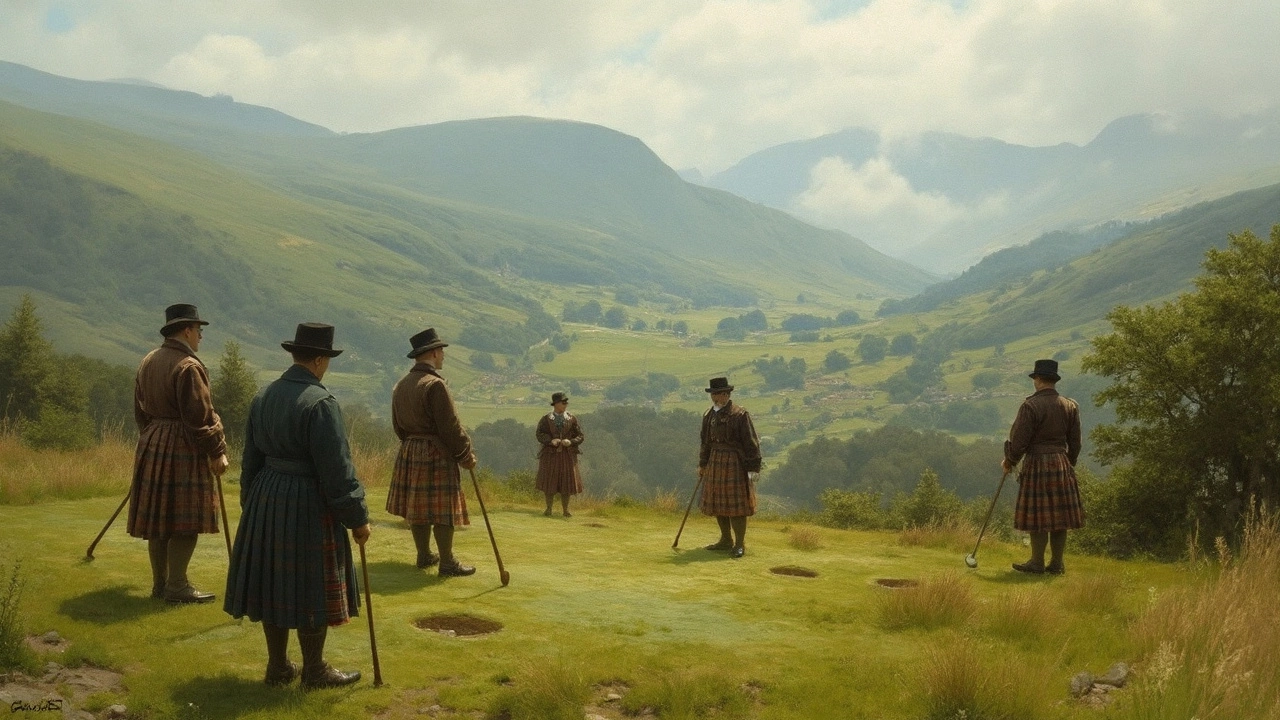
Golf Facts: Skills, Course Basics and Fun Trivia
Ever wonder why some players seem to swing effortlessly while others struggle? The answer lies in a handful of clear facts you can start using today. Below you’ll find the most useful golf facts – from what makes a good golfer to how a course is really laid out – all in plain language.
What makes a good golfer?
A good golfer isn’t born with magic; they develop a few key habits. First, consistency matters more than raw power. Hitting the same spot on the clubface every swing builds a reliable ball flight. Second, balance is the backbone of every good swing. When your weight shifts smoothly from back foot to front foot, you generate power without hurting yourself.
Third, mental focus separates the average from the great. Top players treat each shot as a fresh start, letting a bad putt roll off their mind. Fourth, short‑game practice pays off huge. Most strokes are taken within 100 yards, so spending time chipping and putting saves scores fast.
Finally, proper equipment fit matters. A driver that’s too long or a grip that’s too thick throws off timing. Getting clubs sized to your height and swing speed removes a hidden obstacle and lets the other skills shine.
Understanding the golf course layout
Most people call the whole area a "golf course," but the correct term for the playing field is the "course" made up of "holes" and "fairways." Each hole starts at the tee box, runs across the fairway, and ends at the green where the flag marks the cup. The area between tee and green is called the "rough" – tall grass that makes bad shots harder.
Key features you’ll hear on the course include:
- Bunkers – sand traps that test precision.
- Hazards – water, trees, or out‑of‑bounds lines that add risk.
- Fairway – the short‑grass lane giving the best chance to hit the green.
Knowing these terms helps you read the layout faster and choose the right club. For example, a shot over a bunker usually calls for a higher trajectory, while a narrow fairway demands a controlled, shorter club.
Another quick fact: the standard 18‑hole course totals about 4,000 to 7,000 yards. That means walking from start to finish can be a decent workout, so bring water and a comfortable pair of shoes.
Putting these facts into practice makes the game feel less mysterious and more manageable. Start by checking your grip size, then spend ten minutes on the putting green before you head to the tee. While you walk the fairway, spot the bunkers and think about the trajectory you need.
Remember, golf is a skill you can improve step by step. Use these straightforward facts as a checklist, and you’ll notice lower scores and more confidence on the course.
